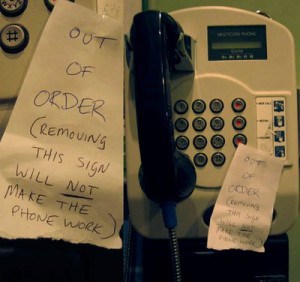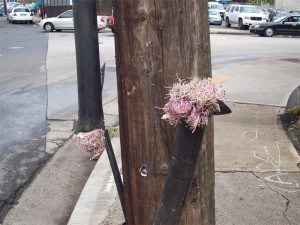 Hawaiian Telcom on Friday won a 15-year non-exclusive franchise to develop and market cable television service on the island of Oahu.
Hawaiian Telcom on Friday won a 15-year non-exclusive franchise to develop and market cable television service on the island of Oahu.
The telephone company will be the first major competitor to Oceanic Cable in at least a decade, at least where HawTel plans to provide service.
“We are very pleased to have reached this important milestone in the development of our exciting new video service and will have more details to share about our plans in the next several weeks,” said spokeswoman Ann Nishida Fry.
Many HawTel-watchers predict the phone company will choose an IPTV platform over a hybrid fiber-copper network to support the service, much like AT&T’s U-verse. HawTel plans a gradual rollout as neighborhoods are “upgraded” to support the service.
Oceanic Cable president Bob Barlow said he wasn’t too concerned with HawTel’s entry into the market. He told the Hawaiian Star-Advertiser customers should not expect any dramatic savings or price cuts.
“Most of our customers don’t bundle services, and more than 60 percent of our video costs come from programming,” he said.
Barlow expects the fiercest level of competition will come from who delivers the best customer service.
[flv width=”480″ height=”380″]http://www.phillipdampier.com/video/KHON Honolulu Hawaiian Telcom to Offer Cable TV 6-24-11.mp4[/flv]
KHON-TV in Honolulu leads their newscast with HawTel’s approval for a cable television franchise on Oahu. (2 minutes)


 Subscribe
Subscribe




